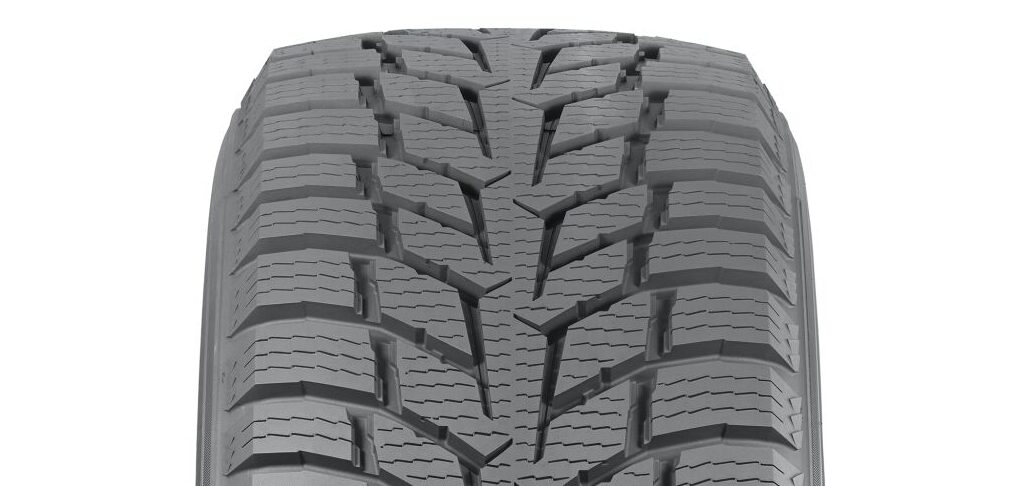Nokian has announced the release of its latest offering, the Nokian Snowproof C. The winter tire is aimed at professional and heavy-duty use within the European market.
The tire is designed to offer an excellent range of grip in snow, slush and rainy conditions due to the implementation of what Nokian calls Alpine Sense Grip – a design concept that encompasses the tire’s tread design, rubber compound and structure.
The tread pattern has been optimized for winter driving, with aggressive siping and multiple edges to offer extra grip and create balanced vehicle handling even when carrying heavy loads. This grip is generated by ‘snow claws’ placed between tread blocks to provide balanced grip attributes on ice and snow, particularly when braking and accelerating. The sipes are not cut through the entire tread block, which Nokian says aids grip without compromising on handling stability. Slush and water channels in the middle of the tread are designed to minimize aquaplaning, and aramid sidewall technology ensures the tire stays protected from impacts, cuts and potholes to extend tire life.
Nokian says the tire’s rubber compound enables it to work safely across a wide temperature range while reducing rolling resistance. The tire also features a durable base layer with a thick steel belt package below the tread to ensure predictable handling characteristics.
“Safety and balanced driving properties are always the starting points in our development philosophy,” commented Mikko Liukkula, development manager at Nokian Tyres. “When designing new winter tires for transport professionals, special attention was paid to improve slush and wet grip while extending the service life and lowering the rolling resistance. In line with this philosophy, the new Nokian Snowproof C maximizes safety in all driving conditions and provides stability and control for professional and recreational use alike.”
The product range will be available from autumn 2021, with 27 options from 14in to 17in and speed ratings of R (170km/h), T (190km/h) and H (210km/h).



